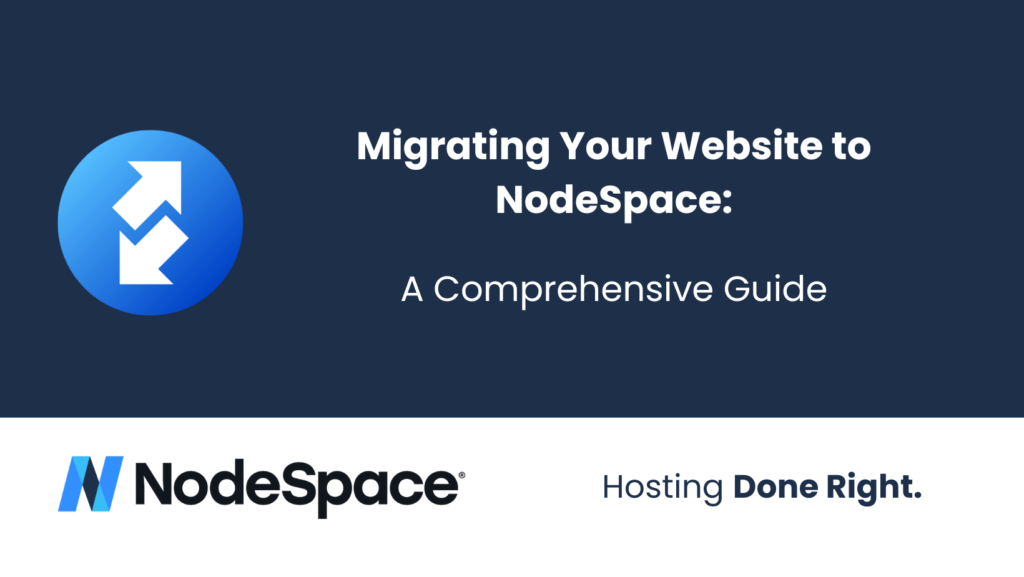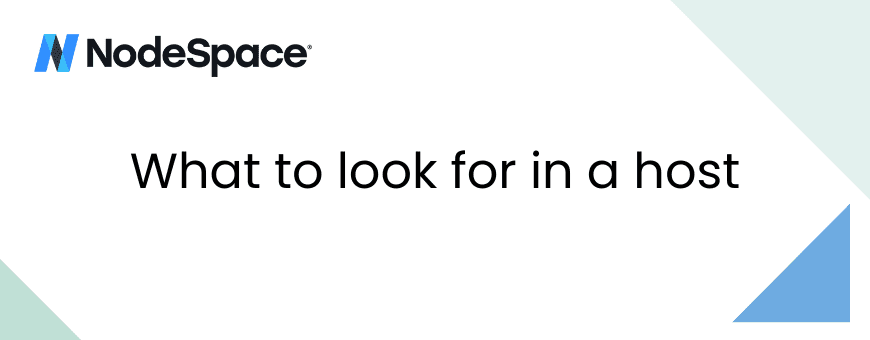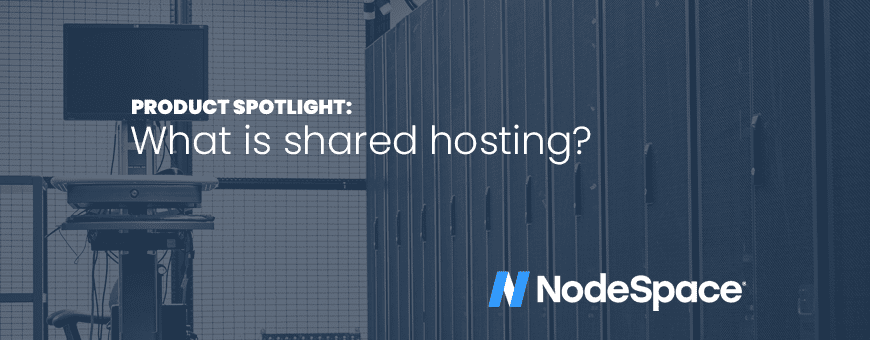Whether due to increased traffic, security concerns, or the need for better functionality, there comes a time when your existing hosting solution just doesn’t cut it anymore. You’ve researched, evaluated, and finally settled on a new hosting provider: NodeSpace. Congratulations on this strategic move! But the thought of the migration process is daunting, isn’t it? Worry not, for this guide is designed to streamline your transition, ensuring a smooth, efficient, and virtually seamless migration to NodeSpace.
Pre-Migration Phase
Step 1: Backup Everything
Before you initiate any transition, back up your website’s files, databases, emails, and configurations. This ensures that, should any issues arise during migration, you can restore your website to its former state and avoid data loss. Typically migrations happen without any problems, but sometimes things get corrupted or aren’t transferred as expected. Having that backup helps!
Step 2: Understand Your Website’s Requirements
Evaluate your current website’s architecture, the technologies it employs (like PHP, Python, or specific database types), and any special requirements (like cron jobs, .htaccess files, or SSL certificates). This assessment helps you understand what you need to set up on NodeSpace. If you’re going from shared hosting to shared hosting, this generally is already taken care of. But if you’re going from shared hosting to a VPS or a VPS to shared hosting, make sure you know what’s needed.
Step 3: Communicate with Your Audience
Inform your website visitors and/or customers about the migration. While you’ll aim for minimal downtime during the switch, notifying your audience sets the expectation that the website may face temporary unavailability. If you’re not sure how to perform a “no downtime migration”, contact our friendly support team for assistance!
Migration Phase
Step 4: Setting Up Your NodeSpace Account
After registering with NodeSpace, choose a hosting package that matches your website’s needs based on your earlier assessment. Once your account is active, familiarize yourself with the NodeSpace control panel, as it’s where you’ll manage your website moving forward.
Step 5: Migrating Website Files
Using an FTP client or a direct file manager interface provided by NodeSpace, transfer your website’s files from your previous hosting account to NodeSpace. Ensure the directory structure aligns with your previous setup to prevent any broken links or inaccessible pages.
Step 6: Migrating the Database
If your website uses a database, export it from your old host, and import it to NodeSpace. Adjust configurations to ensure your website connects to the new database correctly. Don’t forget to update connection strings with new user credentials provided by NodeSpace.
Step 7: Configuration and Compatibility Check
After transferring files and databases, revisit your special requirements. Set up email accounts, cron jobs, and other specific configurations. Test compatibility, and make the necessary tweaks, ensuring your website operates flawlessly on the new environment.
Step 8: Domain Name Change (DNS)
For the final transition, you need to update your domain’s DNS settings. Point your domain to NodeSpace’s server by updating the nameservers. This process might take anywhere from a few hours to 48 hours due to DNS propagation.
Post-Migration Phase
Step 9: Testing
After DNS propagation, thoroughly test your website’s functionality. Check its loading speed, functionality, and run through all the features to ensure everything operates seamlessly. Ensure forms, checkout processes, and log-in systems (if applicable) work as intended.
Step 10: Monitoring
Monitor your website’s performance and any error logs for potential issues overlooked during the testing phase. Keep an eye on resource usage to know if you need to adjust your plan with NodeSpace.
Step 11: Seek NodeSpace’s Assistance
Leverage NodeSpace’s customer support if you face any challenges. Their expertise can help troubleshoot and resolve issues efficiently, ensuring your website runs optimally.
Step 12: Closing Your Old Account
Once satisfied with the migration, and after a final backup, you can safely close your account with your former host.
Conclusion
Migrating your website to NodeSpace, or any hosting provider, is a meticulous task but one that can significantly enhance your website’s performance, security, and scalability. By following these structured phases and steps, you can ensure a successful migration. Remember, preparation and systematic execution are your best allies in this digital venture.
Welcome to better hosting with NodeSpace!






